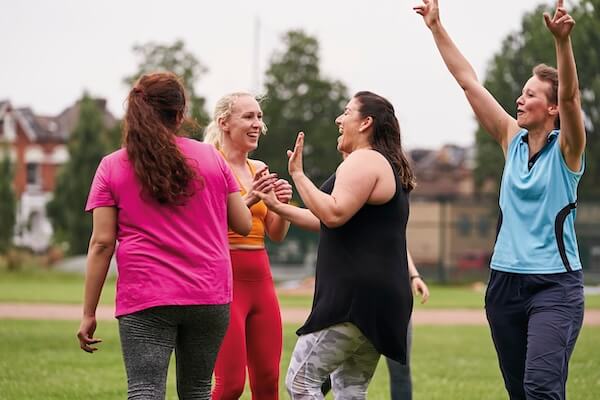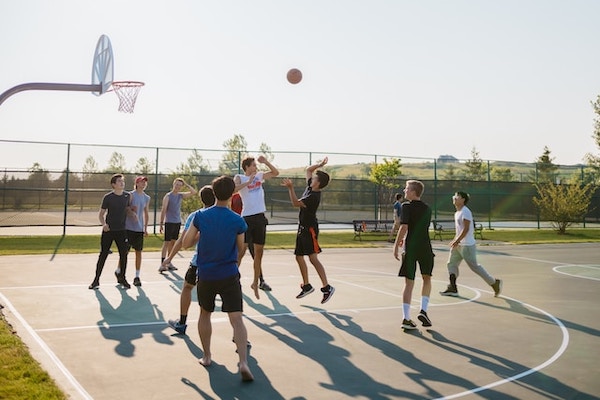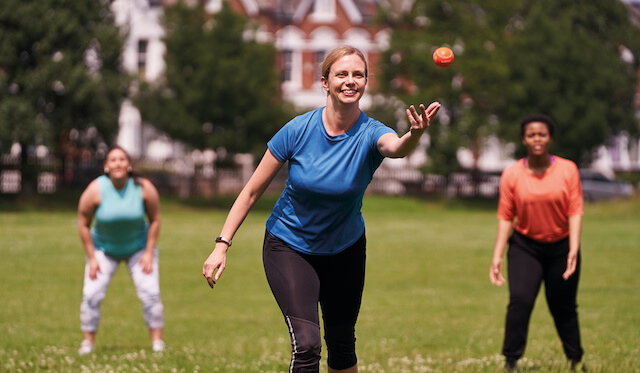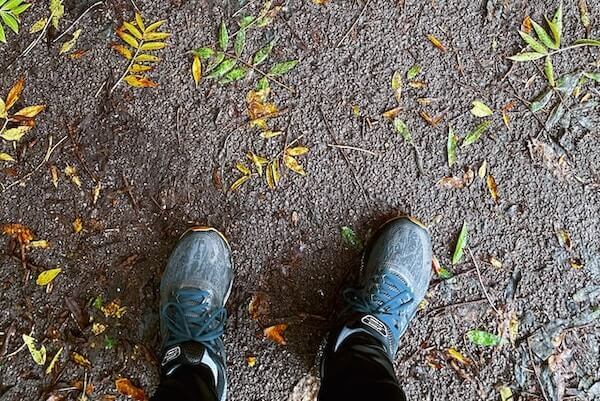
Midlife Fitness: The Critical Window to Cut Your Dementia Risk by Up to 45%
Most of us grow up hearing that staying active while you’re young sets you up for life. But new Australian-relevant research suggests something even more important: the exercise you do in your 40s, 50s, and 60s may have the biggest impact on your long-term brain health.
According to a major study published in JAMA Network Open, being physically active in midlife is strongly linked to a lower risk of developing dementia later on—even more so than activity levels earlier in adulthood.
The Key Findings: Why Midlife Matters Most
The study followed thousands of adults over several decades to understand how activity levels across different stages of life affected dementia and Alzheimer’s disease risk.
Here’s what the researchers found:
- The Midlife Boost: People who stayed active during midlife and late life had up to a 45% lower risk of developing all-cause dementia.
- The Crucial Period: Activity in early adulthood wasn’t independently linked to the same protective effect. Midlife—and staying active into older age—made the biggest difference.
The takeaway? If your 20s and 30s weren’t your fittest years, don’t worry. The most powerful window to protect your brain is happening right now.
It's Never Too Late to Lace Up
One of the most encouraging parts of the research is this: your current activity level is what matters most. Every walk, stretch, set, or swim you do today is a direct investment in your future cognitive health.
For people in midlife, the study found that moderate to heavy activity offered the strongest protection. This can include:
- Running or jogging
- High-intensity interval training (HIIT)
- Social sports like netball, soccer, or touch footy
- Cycling or swimming laps
If you’re in later life, the good news keeps coming: even light activity is beneficial. A daily walk, a gentle seniors' exercise class, tai chi, or a social tennis hit all contribute to keeping your brain healthy.
Finding Your Community Makes It Easier
For many Australians, the biggest challenge isn’t motivation—it’s maintaining consistency. Busy schedules, family commitments, and work pressures can make regular exercise hard to sustain.
That’s where social fitness comes in. Joining a local walking group, trying a weekly social sport, or becoming part of a community fitness class turns exercise into something enjoyable and accountable. When your mates or teammates are expecting you, it’s much easier to stick with it.
Across Australia, there are countless social groups, clubs, and events that make staying active fun and accessible. Whether you prefer a moderate sweat session or a relaxed stroll, connecting with others is one of the easiest ways to keep moving—and protect your brain for years to come.
References
Marino, F. R., Lyu, C., & Li, Y. (2024). Physical Activity Over the Adult Life Course and Risk of Dementia in the Framingham Heart Study. JAMA Network Open, 8(11), e2544439. Read the study
World Health Organization. Risk reduction of cognitive decline and dementia: WHO guidelines (2019). WHO guidelines
Australian Institute of Health and Welfare. Dementia in Australia (2023). AIHW report






